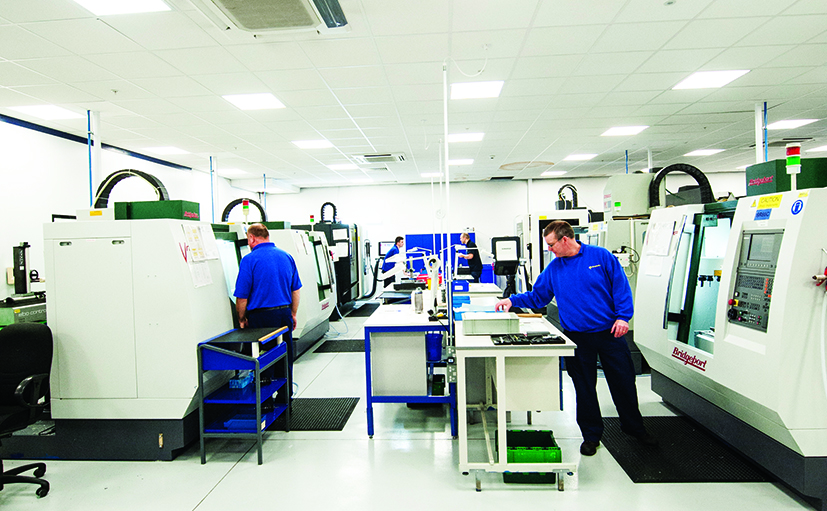
Neil Anderton fronts development of new implant manufacturing techniques and processing technologies
Implant engineering techniques and manufacturing processes have been through many stages of development over the years.
Neil Anderton, Technical Manager at Orthoplastics, is at the forefront of introducing the market to the latest technologies and advanced, additive manufacturing processes. These are designed to push the boundaries of what is possible in terms of developing high-quality, patient-specific implant solutions.
“Far too many businesses still don’t recognise the incredible potential that additive manufacturing and 3D printing hold”, said Neil. “There is definitely comfort in using more traditional equipment such as CNC technology. Whilst there have been some breakthroughs in CNC tooling and machine software capabilities, this has been limited.”
Neil believes that CNC machines combined with other equipment, such as lasers for cutting, welding or etching, are the way forward. For example, five-axis machining centres can use data from medical scans to create a broader range of patient-specific implant components, especially for skeletal requirements such as the bone, jaw or skull.
A patient-specific approach
To meet challenging OEM requests for patient-specific implant components, Orthoplastics has created a New Products Innovation Group to explore different sciences, control technologies and manufacturing techniques.
In addition to developing custom devices, there are unique composite device constructions that pose real challenges in respect of component fixation and the need for production controls to an exceptionally high tolerance. “We have invested in innovative fixation techniques and specification-controlled environments within our plant, to respond to customer requirements.”
Neil goes on: “Although industry experts generally believe that additive manufacturing will be the death of traditional machining”, I don’t agree.”
Working alongside a leading implant manufacturer, Othoplastics has used net shape and additive manufacturing to produce a manufactured component with tolerances of 0.01 inches, and machined the final tolerances of 0.001 inches required. This involved sophisticated work holdings and machine probing, along with conventional multi-axis machining.
“All of this clearly demonstrates what innovative approaches can achieve in the OEM market”, said Neil.
“Orthoplastics remains committed to this development work and to spearheading different approaches and cutting-edge advancements in processing technologies.”
To read the ODT publication article in full please click here.